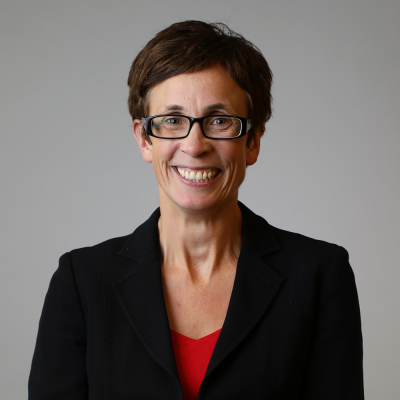Aligning clinical and corporate services to improve care
18 June 2012

This month we’re starting work with the organisations selected for our Shared Purpose programme, and we’re really excited about some of the work that they’ll be doing. The aim of the programme is to show how corporate support services and clinical teams can work together to improve the quality of care.
One of the reasons we wanted to work in this area is because, to date, the quality agenda has largely focused on improving the reliability of clinical services. Corporate services have often been overlooked, but we know that they have a significant role to play in improving the quality of care experienced by patients.
The selection process for the final teams was one of the most competitive we’ve had, so we’ve got high hopes for the nine chosen teams. Contracts are being finalised right now, so I can’t tell you who we’ll be working with just yet (watch out for details later this month!), but in the meantime we wanted to give you a flavour of what distinguishes these organisations and some of the things they are they working on.
Several teams have projects seeking to improving the experience and core dignity of care. One for example is exploring the impact of recruiting staff on the basis of their values, alongside their clinical skills – sending strong signals not just to new recruits, but to the whole organisation about what is important. Another will be seeking to reduce the burden of corporate processes on ward sisters.
One team will be seeking to develop a process for embedding Lean principles into the redevelopment of healthcare facilities. By designing in spaces that encourage efficient flow and a good patient experience, they're seeking to enable the sort of step change in care that is often not possible in existing facilities, and often not realised when shiny new buildings fail to take full account of sound process design.
One team is planning to give inpatients a schedule of the various tests and procedures they should expect: a seemingly simple intervention, but one that could prove to be highly catalytic by putting patients more in control of their care. It’s intended to help spur services to think more systematically about how different departments and teams come together in a way that is efficient and confidence-inducing rather than – as my experience of hospitals suggests – bordering on chaotic, or at least giving a good impression of being that way.
We also have teams working on value-based reporting, building the improvement skills of staff on a system wide scale and using video links to reduce unwanted visits to hospital at the end of life.
The successful projects are all seeking to achieve goals that are in some way transformational; attempting to change the underlying conditions within which care is delivered. But it’s not just the level of ambition that marked out the chosen teams – they have some particular strengths that give us confidence they will be able to deliver the changes they are embarking upon.
All are characterised by a rare level of engaged executive leadership that we’re convinced will last beyond fine words at interview, turning up to sign the papers and collecting the awards when things go well. The teams recognise the complexity of the work they are planning and are committed to learning and partnering with others, including international academic centres and patient voice organisations. This is matched by robust thinking about how they will achieve change and close involvement of leading academics as evaluation partners, setting them up to be strong examples of improvement science.
Information about each of the projects will be made available on our website later in the month. If you are doing work in any of these areas, I recommend that you keep an eye on their journeys and progress over the next three and half years. They’re certainly ones to watch! From the curiosity and commitment they have demonstrated through the selection process, I know that the project teams would also be keen to learn from others, so please do add your own examples of this kind of work in the comments below.
Penny is Assistant Director at the Health Foundation.
Further reading
Work with us
We look for talented and passionate individuals as everyone at the Health Foundation has an important role to play.
View current vacanciesThe Q community
Q is an initiative connecting people with improvement expertise across the UK.
Find out more

